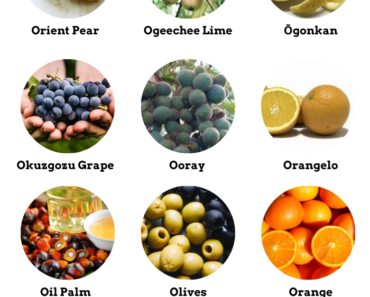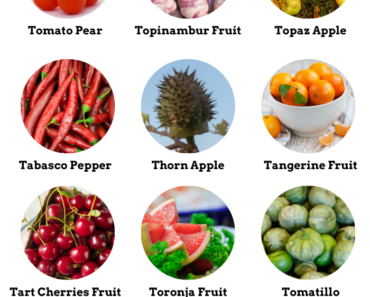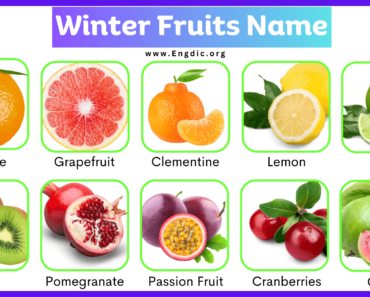Starting with K might not be the first letter that pops into your mind when you think of fruits, but there are actually a variety of delicious and unique offerings out there! From strangely tough to delightfully sweet, we’ve gathered an interesting mix of 35 fruits that start with K. Many of these may surprise you – did you know kiwano fruit could protect against skin diseases? Or that keulele can help boost your metabolism?
Not only will this post provide pictures so you better understand what each ‘K’ fruit looks like, but it will also explain some basic properties associated with them as well. Get ready for one funky list — let’s take a look at all the fantastic ‘K’ fruits out there.
List of Fruits That Start With K
- Kaki Persimmon
- Kiwi Fruit
- Korean Pear
- Kawakawa
- Kowai
- Kei Apple Fruit
- Kundang Fruit
- Kaywa
- Kyoho Grapes
- Karkalla
- Kieffer Pear
- Kastanj
- Kvede
- Kahikatea Fruit
- Kiwano
- Kakadu Plum Fruit
- Korlan Fruit
- Kwai Muk Fruit
- Körsbär
- Kepel Fruit
- Kaffir Lime Fruit
- Keitt Mango
- Kabosu Fruit
- Kapok Fruit
- Key Limes
- Keule Fruit
- Knobby Russet Apples
- Kantola Fruit
- Kanzi Apple
- Kumquat Fruit
- Kutjera Fruit (Bush Tomato)
- Karonda Fruit
- Kerala Fruit
- Kokoneos
- Koroī
Exotic Fruits That Start With K
- Kumquat
- Kiwano
- Kiwifruit
Tropical Fruits That Start With K
- Kiwi
- Kwai Muk
- Karonda
- Kaffir lime
- Korlan
- Kabosu
- Kapok fruit
- Kepel
- Kundong
- Kei-apple
- Karkalla
Fruits Names That Start With K and Pictures
| Kantola Fruit | 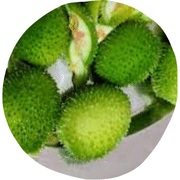 |
| Kei Apple Fruit |  |
| Kanzi Apple |  |
| Kepel Fruit |  |
| Kokoneos |  |
| Kvede |  |
| Koroī | 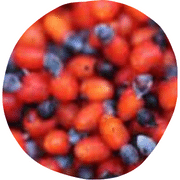 |
| Kahikatea Fruit |  |
| Kakadu Plum Fruit |  |
| Kieffer Pear | 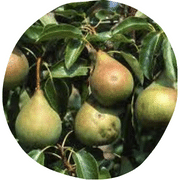 |
| Kawakawa | 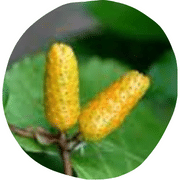 |
| Kaffir Lime Fruit |  |
| Kowai |  |
| Kiwi Fruit |  |
| Korlan Fruit | 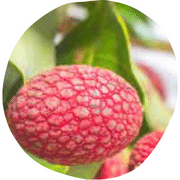 |
| Key Limes |  |
| Kabosu Fruit |  |
| Körsbär | 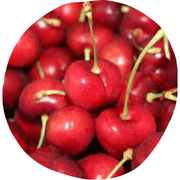 |
| Kiwano | 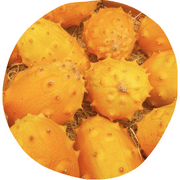 |
| Kutjera Fruit (Bush Tomato) |  |
| Kaywa |  |
| Kyoho Grapes | 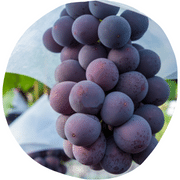 |
| Knobby Russet Apples | 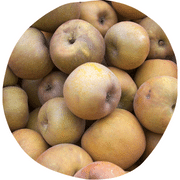 |
| Keitt Mango |  |
| Kastanj | 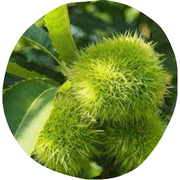 |
| Kapok Fruit | 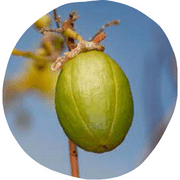 |
| Karkalla | 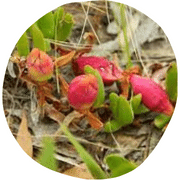 |
| Kaki Persimmon | 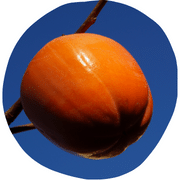 |
| Keule Fruit |  |
| Kumquat Fruit |  |
| Kwai Muk Fruit |  |
| Kerala Fruit |  |
| Kundang Fruit | 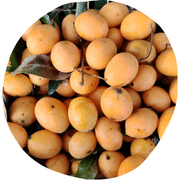 |
| Korean Pear | 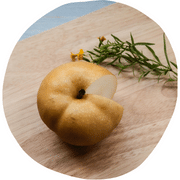 |
| Karonda Fruit |  |
Fruits Starting With K and Pictures
Kaki Persimmon
Also known as the Japanese persimmon, this bright orange fruit is highly sought after for its sweet yet tart flavor. It has a slightly grainy texture and can be eaten fresh, cooked in pies and desserts, or dried for use in teas and trail mix.
Rich in Vitamins A and C and dietary fiber, Kaki Persimmons are also believed to have medicinal properties that aid digestion and help reduce inflammation.
Kiwi Fruit
This small brown oval-shaped fruit has a strong tart flavor with sweet undertones that can be enjoyed both raw or cooked into jams, sauces, and syrups which add an interesting flavor to any dish.
Korean Pear
Also known as Chinese Pears or Sand Pears these fruits have a crunchy exterior with a crisp juicy interior that’s sweet yet acidic at the same time.
When eaten raw they can be a refreshing snack while when cooked they add depth of flavor to various dishes such as stir-fries, soups, or Kimchi making them an essential ingredient in Asian cuisine.
Kawakawa
With its unique taste ranging from bitter to sweet depending on ripeness, this fruit is native to Polynesia and is most famously used for medicinal purposes due to its anti-inflammatory and sedative effects, some belief it to treat fever, digestive problems, toothache, and even skin infections when consumed regularly over time.
Kowai
A tart pink berry native to New Zealand this fruit has a juicy sweet yet sour taste perfect for making jams, and jellies or adding to cakes and desserts where it adds vibrant color along with wonderful flavor!
Kei Apple Fruit
Small yellow fruits sometimes referred to as Monkey apples these African native delicacies have a tangy sweetness balanced by aromatic notes of pineapple when ripe. Used most commonly in juices where their unique flavor shines through but it can also be eaten fresh or made into chutneys where their intense citrus notes make any dish delicious!
Kundang Fruit
A yellow fruit native to Indonesia this is a tropical delicacy with an intense sweet-tart flavor. It has a grainy texture and can be enjoyed both raw or cooked into jams, sauces, and syrups where it adds complexity and depth of flavor to any dish.
Kaywa
A small red drupe native to Southeast Asia this fruit has a tart yet sweet flavor reminiscent of cranberries. With its high content of antioxidants and vitamins A, B6 & E it can be eaten raw as well as used to make juices, jams, jellies, and even ice cream for a delicious treat that everyone will love!
Kyoho Grapes
These large purple grapes are easily recognizable by their thick skin and juicy sweet-tart flesh that give them their distinct flavor. Rich in polyphenols like resveratrol and antioxidants these grapes are not only tasty but great for overall health when consumed regularly.
Karkalla
A type of seaweed native to Australia’s Northern Territory this delicacy has a salty briny taste with slightly bitter undertones that make it perfect for adding a unique flavor to salads or other dishes.
High in numerous nutrients like Iron, Calcium, Magnesium, Iodine, and Potassium it’s also believed to aid digestion due to its high dietary fiber content when eaten regularly over time.
Kieffer Pear
This large hard pear is round in shape with greenish-yellow skin blushed pink when ripe. When eaten fresh the Kieffer pear has a firm texture along with a sweet yet acidic taste that makes it great for cooking into desserts like pies or tarts whilst also preserving its natural flavors.
Kastanj
Small chestnut-shaped fruits native to Southeast Asia this delicacy has an earthy yet sweet flavor with subtle hints of spice making them versatile enough for use in both savory and sweet dishes!
Exceptionally rich in vitamin C they’re also believed to have laxative properties which makes them beneficial for digestive health when eaten regularly over time.
Kvede
Also known as the African Cherry this exotic berry is a small red drupe native primarily found on the African continent although it can also be found in Europe, North America, and South America as well now!
Sweet yet tart tasting these berries are most commonly used for making wines, jams, and jellies as well as being enjoyed fresh off the vine!
Rich in iron these berries are not only nutritious but considered helpful for improving circulation when consumed regularly over time.
Kahikatea Fruit
Also known as the New Zealand White Pineapple this sweet-tart fruit has a bright yellow-orange flesh with a mild flavor that is great either fresh or cooked.
Kahikatea Fruit
Also known as the New Zealand White Pineapple this sweet-tart fruit has a bright yellow-orange flesh with a mild flavor that is great either fresh or cooked.
Kiwano
Native to parts of Africa and Asia this unique-looking fruit is sometimes referred to as the Horned Melon due to its spiky exterior. With an orangey-yellow juicy flesh inside that tastes like a combination of cucumbers and bananas, this refreshing fruit can be enjoyed raw or used to make smoothies and sauces where it adds complexity and depth of flavor.
Kakadu Plum Fruit
A native Australian delicacy these small sour fruits are packed with a bounty of antioxidants, vitamins, and minerals making them not only delicious but highly nutritious as well! Commonly found in jams, jellies, and sauces they can also be eaten straight off the tree once fully ripened!
Korlan Fruit
Also called the Pigeon Berry this small purple berry looks similar to blueberries yet tastes more like a raspberry when ripe. Rich in Vitamin A and Iron they’re often found in salads or added into juice recipes where their unique sweet-tart flavor shines through!
Kwai Muk Fruit
This native Malaysian fruit has an extremely sweet taste comparable to honey when ripe with a soft texture that resembles grapes. Extremely high in Vitamins A & C as well as antioxidants these fruits are great for boosting overall immunity when eaten regularly over time.
Körsbär
These round red cherries may look small but pack a punch with their intense sweetness along with subtle undertones of tropical flavors like pineapple and mango! Exceptionally rich in fiber, magnesium, iron, and other important nutrients these cherries are perfect for adding to recipes such as pies or tarts where they add brightness along with wonderful flavor!
Kepel Fruit
Small green drupes native to Southeast Asia Kepel Fruits have an acidic yet sweet taste that is perfect for adding to desserts or cooking into jams, jellies, and chutneys for use on toast or pancakes where their intense citrus notes shine through! As well as being great tasting their high Vitamin E content also makes them beneficial for skin health when consumed regularly over time.
Kaffir Lime Fruit
Native to Southeast Asia this tart citrus fruit resembles a small lime and has a unique aromatic flavor that is widely used in Thai, Cambodian, and Vietnamese cooking.
Keitt Mango
A large mango with greenish-yellow skin when ripe this variety is sweeter than other mangoes due to its high sugar content. Rich in Vitamins A & C as well as a dietary fiber it can be enjoyed raw or cooked into jams and sauces for added sweetness and complexity of flavor!
Kabosu Fruit
This small yellowish-green citrus fruit with a sour yet sweet taste is native to Japan where it can be eaten both raw or cooked into dishes like soups and salads for its intense flavors.
Kapok Fruit
Also known as the Silk Cotton Tree this exotic tropical tree produces an edible berry that has an extremely sweet pineapple flavor however they are only available while fresh off the tree. Rich in antioxidants these fruits are great for boosting immunity although they should be eaten soon after picking as they will spoil quickly if left uneaten.
Key Limes
These tiny limes are easily recognizable by their bright yellowish-green color and intense tart flavor making them perfect for adding brightness to recipes like pies, tarts, and cocktails! Exceptionally rich in Vitamin C their juice has many health benefits including aiding digestion when drunk regularly over time.
Keule Fruit
An oblong-shaped orange-colored berry native primarily found in South America this fruit has a mildly sweet taste that makes it ideal for use in both savory and sweet dishes! High in carotenoids and dietary fiber this beneficial fruit also helps improve circulation when eaten regularly over time.
Knobby Russet Apples
Also known as the Potato Apple due to their rough texture these apples have an intense sweetness with subtle notes of honey that make them perfect for baking into pies or tarts! Rich in vitamins A & E as well as antioxidants their crunchy firm texture pairs perfectly with ice cream or creamy desserts!
Kantola Fruit
Native to parts of India and Pakistan this light green fruit has a bitter yet sweet flavor with crunchy flesh that can be eaten raw or cooked into sauces and chutneys. High in dietary fiber as well as Vitamin C it’s believed to aid digestion when eaten regularly over time.
Kanzi Apple
A pale pink-skinned apple, Kanzi apples have a unique balance between tartness, sweetness, and subtle tropical aromas which makes them the perfect apple for baking and adding complexity to recipes! Rich in Vitamins A & C these apples are also beneficial for boosting immunity when consumed regularly over time.
Kumquat Fruit
Small orange-colored fruits resembling cherry tomatoes these tart citrus fruits are high in Vitamin C as well as having anti-inflammatory properties making them great for overall health when eaten on a regular basis! Delicious both raw or cooked their intense citrus notes make them perfect for adding brightness to salads, smoothies or desserts.
Kutjera Fruit (Bush Tomato)
An Australian native these small yellowish raisin-shaped fruits have an intense sweetness with smoky undertones of burnt caramel making them highly versatile when cooking! Rich in both antioxidants and dietary fiber they can be added to dishes such as stews and curries where their flavor will add complexity to the dish!
Karonda Fruit
Also known as the Indian Cherry this native Indian fruit is similar in size to cranberry but has a more intense sour taste making it ideal for adding tanginess to recipes like jams, jellies, and compotes! As well as tasting great Karonda Fruits are also high in iron content making them beneficial for improving circulation when consumed regularly over time.
Kerala Fruit
An exotic looking yellowish green berry native to Southeast Asia this sweet-tart fruit has a juicy flesh inside with an underlying hint of tropical flavors like pineapple and mango!
Kokoneos
A small sweet berry native to Mediterranean regions this yellowish orange fruit is high in antioxidants and dietary fiber making it great for boosting immunity when consumed regularly over time. Deliciously eaten raw, cooked into sauces, or made into jams and preserves, its unique flavor pairs wonderfully with creamy desserts or tangy salads!
Koroī
Native to islands throughout the Pacific Ocean, this small oval-shaped brown-colored fruit has a mildly sweet flavor that makes it great for adding natural sweetness to recipes like smoothies and drinks!
FAQS
Which Red Fruit Start With K?
Korlan is a red fruit starting with the letter k.
Which Orange Fruit Starts With K?
Kwai Muk is an orange fruit starting with the letter k.
Which Yellow Fruit Starts With K?
Keule is a yellow fruit starting with the letter k.
Which Green Fruit Starts With K?
Kabosu is a green fruit starting with the letter k.
Infographic

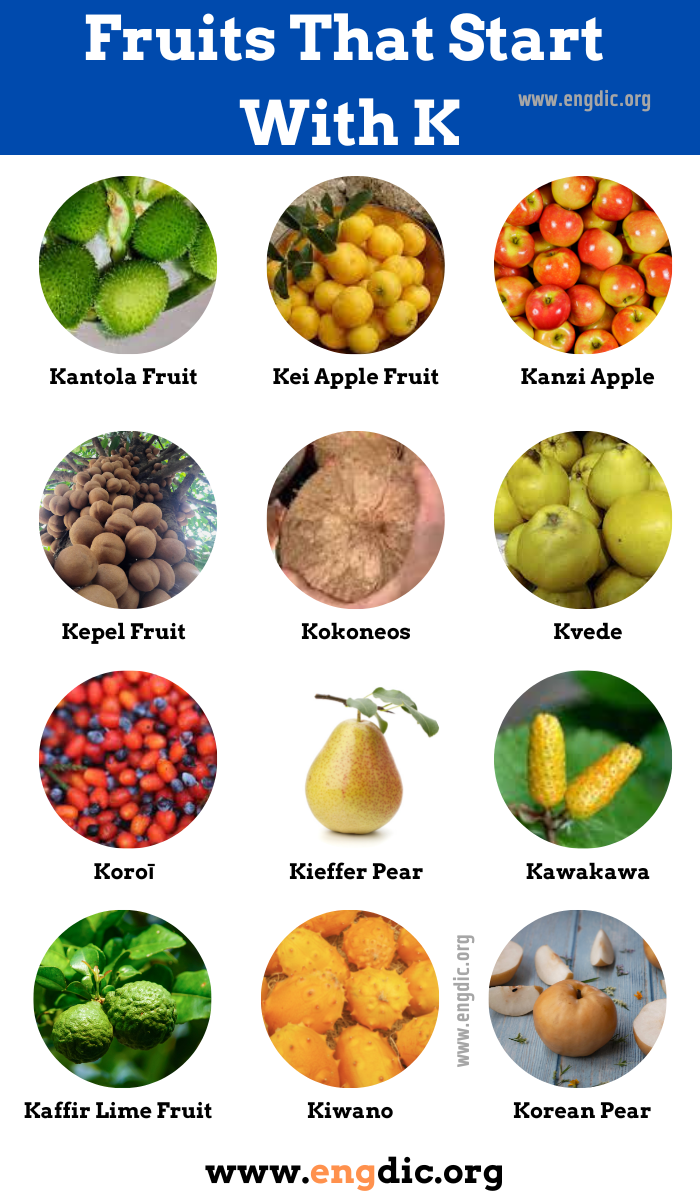
Check Other Fruits A to Z:
A – B – C – D – E – F – G – H – I – J – K – L – M – N – O – P – Q – R – S – T – U – V – W – X – Y – Z



